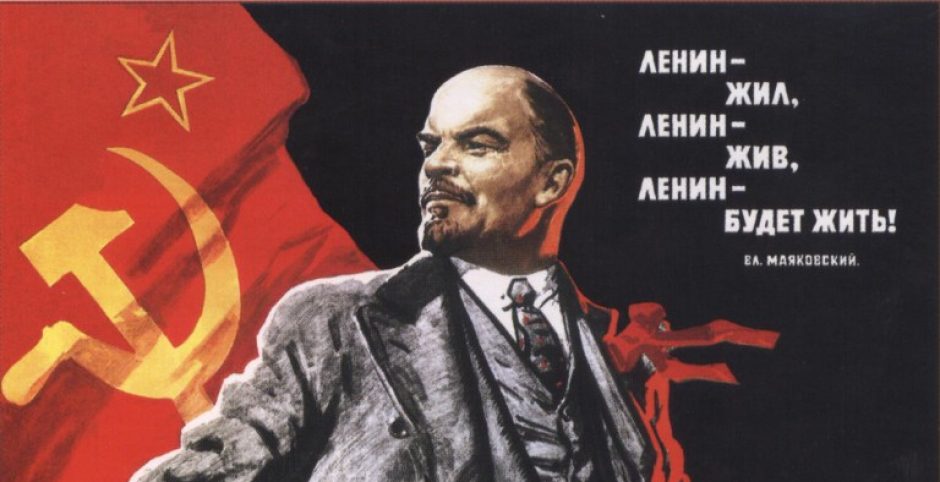I am finally reunited with my old friend Yurchak!
Citing Foucault’s concept of ‘discursive formations’, Yurchak describes late Soviet reality as a “particular, deterritorialized space” (Yurchak 2005, 161). It was widely understood that the Soviet socialist system was failing but, simultaneously, an alternative was unimaginable; such was the case that this failing system was normalized – or hypernormalized – and an increasingly unreal Soviet consciousness was accepted as reality. Documentarian Adam Curtis expands on Yurchak’s idea, stating that everyone “was so much a part of the [Soviet] system that no one could see beyond it. The fakeness was hypernormal” (Curtis 2016).
As such, if authority functioned by means of contradiction and the existence of the state itself was based upon an ambiguity of power and success, it makes sense that in the cultural sphere “Western cultural influences were both criticized for bourgeois values and celebrated for internationalism” (162). An Imaginary West emerged. Radios that could pick up international broadcasts were produced en masse yet also contained (175-7) and Western music was widely disseminated in the underground, albeit on x-rays: this music was “simultaneously visible and invisible, real and unreal” (182). Andrei’s imaginary rock band (218) and the spelling of The Beatles by Dmitry Shagin (191) illustrate this phenomenon: almost-real Western culture was translated into a Soviet un-reality.
Did this Imagined West reinforce the state’s power or undermine it? What effect did the imaginings of Western music and culture have on Soviet society? Did popular culture lead to the downfall of the Soviet Union? (And did David Hasselhoff bring down the Berlin Wall?)
Additionally: to what degree is the society that we live in today (late-capitalism, late-liberalism) “hypernormal”?

A constant striving towards the unattainable colored the zeitgeist of late Soviet life, as it looked towards what Yurchak terms the “Imaginary West.” The proliferation of conceptions and opinions and understandings regarding this indistinct entity, both convergent and incompatible, contributed to its survival; its tenuousness bolstered its strength as the public projected its own vision of a Soviet utopia onto this foreign figurehead.
The momentum generated by Western cultural exports among the Soviet youth allowed was in keeping with a general Communist utopianism. However, it did not align explicitly with a state-mandated conception of Communism as it denounced a capitalist perversion of culture in general. The binary established by Stalin’s regime made explicit its denunciation of certain forms of culture, yet its emphasis on science and objectivity allowed for widespread confusion as to the intricacies of what was allowed. Vague concepts of “Cosmopolitanism,” “bourgeois” culture, etc. were prohibited. The measures for ‘good’ and ‘bad’ music addressed by Yurchak provide the essence of Soviet values in that “good music was related to the healthy culture of common people” (185); meanwhile, unsavory culture led towards the adoption of “unhealthy bourgeois instincts.”
“The state’s ambivalent relationship to shortwave radio” (177) embodies to an extent this uncertainty. Its allowance of certain broadcasts and its attempts to stifle reception of other foreign ones spoke to its wish to maintain international cultural contact but only to a certain degree. The outcome of these efforts produced only conflicting ideas as to appropriate Soviet behavior and motivated people to find ways around the system.